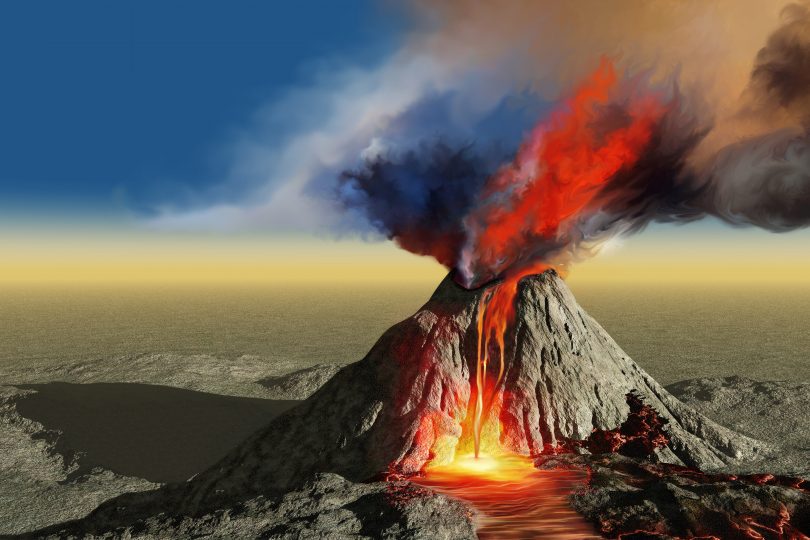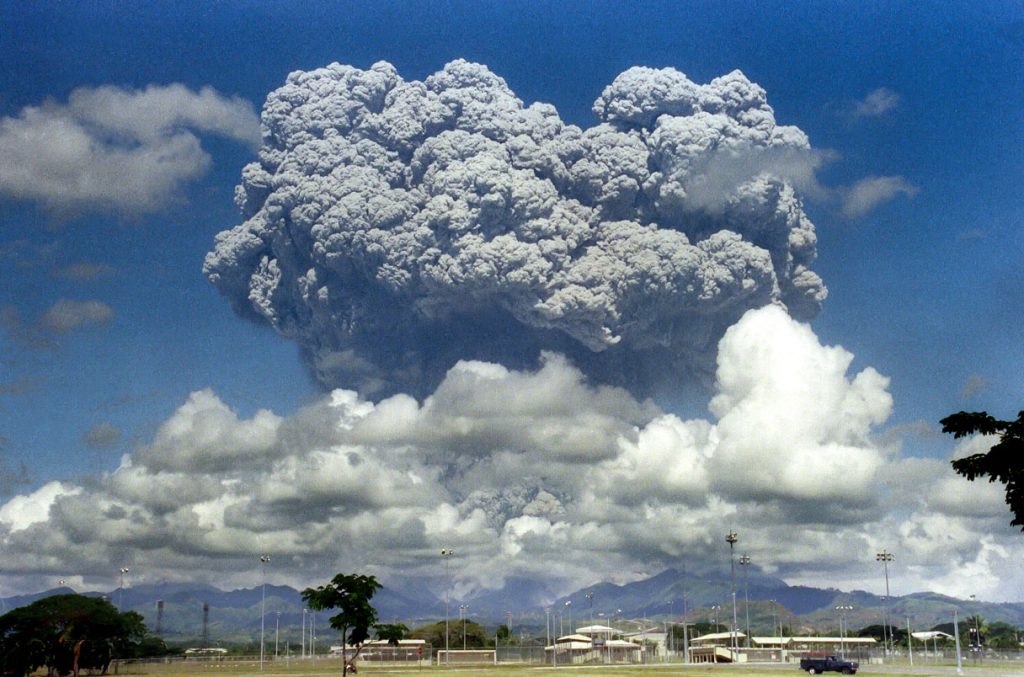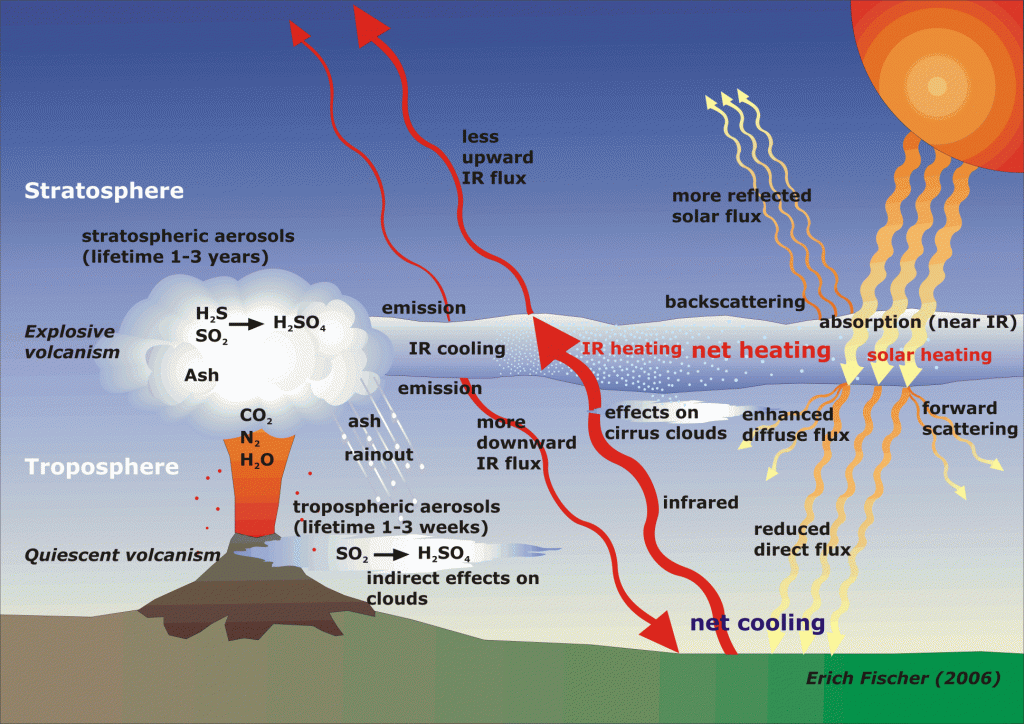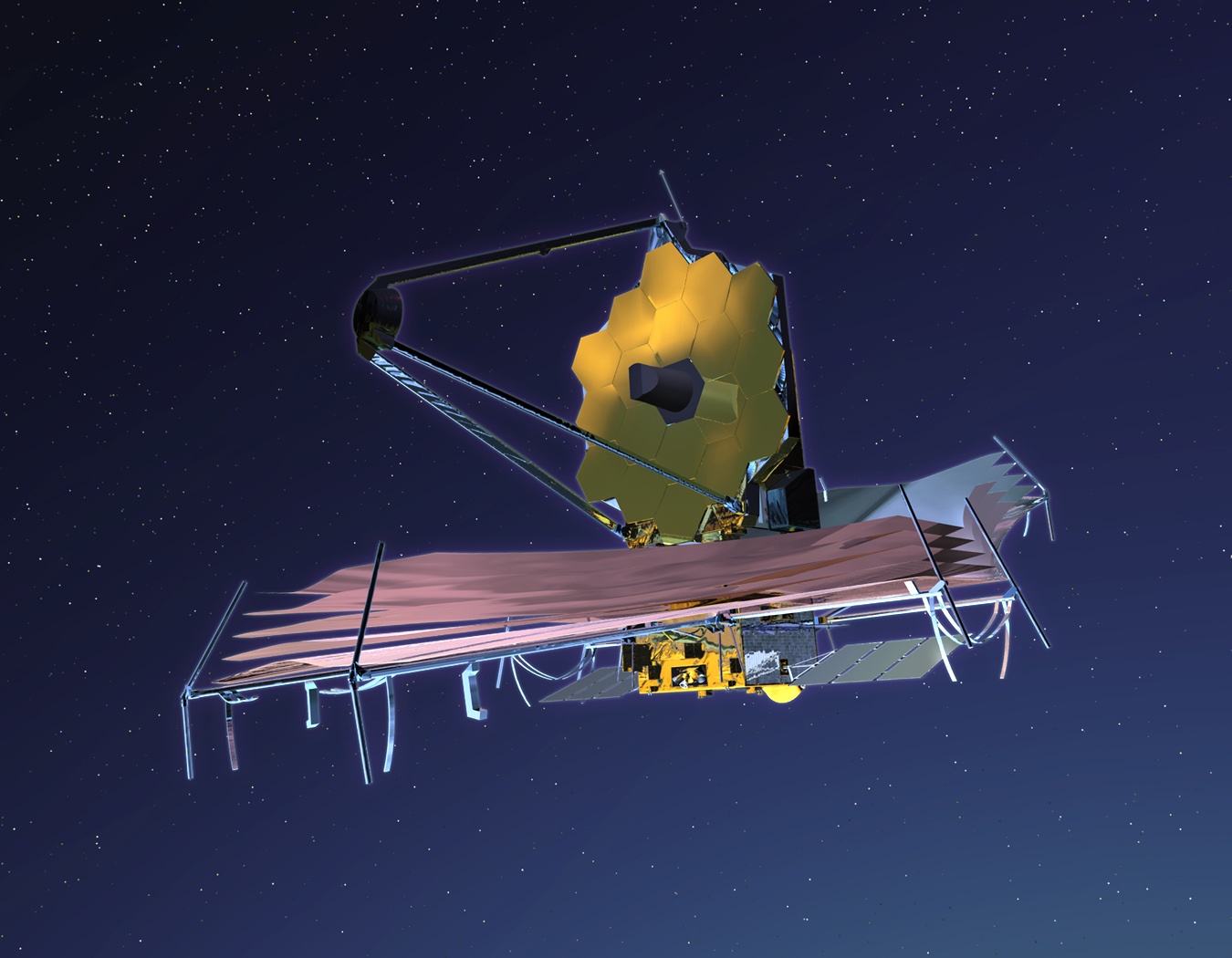
Many people have seen pictures of a volcanic eruption called Tonga in the Pacific Ocean. The epicenter was reported below the Pacific Ocean floor, however; no tsunami alert was issued. With each volcanic eruption, large amounts of ash, dust, and vapor are released.

Depending on their strength, these dust particles can reach very high altitudes. These often block the sunlight from coming down. Very small dust particles reach the “stratosphere” (about 18 km) in the atmosphere and stay there for months or years. This also temporarily prevents sunlight from reaching the earth

. The peculiarity of the stratosphere is that there is very little mixing. That is, if something gets there, nothing will come back down immediately!

In addition, sulfur gases from volcanic eruptions reach the stratosphere and undergo a number of chemical transformations into aerosols that block sunlight from reaching the Earth. Depending on the strength of the volcano, this reduction in sunlight can last for one or two years. As a part of it, a small decrease in the temperature of the earth can be seen for a while. This is called a volcanic winter.

The Earth’s temperature is thought to have dropped to 5 ൽ C for about 1000 years as a result of a volcanic eruption called Toba in Sumatra about 75,000 years ago (Rampino and Self, Nature, 1992).





Recent Comments